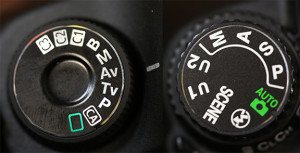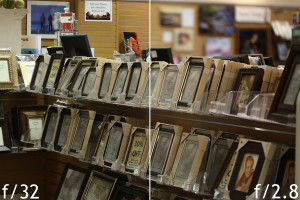At least twice a year, Cecil Holmes says farewell to home base in Huntsville, Alabama, and heads out to Grand Teton National Park in Wyoming. While he’s there, he also makes the four-hour drive to Yellowstone National Park, where he complements the wildlife and landscapes he photographed in the Tetons with the geysers and geothermal pools (and yes, more wildlife) found in Yellowstone.
While photographers can find different attractions to document in the parks depending on the season, Cecil enjoys the late spring for his national park adventures. “These images were all taken in June, when there’s still snow on the mountains, the temperature is warming up a bit, and the crowds haven’t built up yet,” he explains. “Plus, as the snow melts and it starts getting warmer, the wildflowers come out in full force.”
This time around, Cecil packed his Tamron SP 24-70mm F/2.8 VC G2 and SP 150-600mm VC G2 lenses to ensure he could capture every photographic opportunity the parks threw his way. “In the Tetons, the 24-70 is the perfect landscape lens,” he says. “And the 150-600 is indispensable as a compact wildlife lens. I’ve got everything I need to document the entire trip with just these two tools.”
Here, Cecil walks us through seven images he took on his latest trip, as well as how he used the lenses to capture them.

In this case, we happened to see a group of bison on the side of the road and jumped out. I had my camera on auto ISO (and I usually shoot everything in Aperture Priority), so I set the aperture for F/8. The camera selects the shutter speed based on the auto ISO, so I set the auto ISO to a maximum range and then indicated to the camera I wanted a minimum shutter speed of 1/500th sec. It adjusted the ISO based on the light from that point. That’s really the best way if you’re doing a “run and gun” approach as you’re cruising along, because if you have too slow a shutter speed and the bison moves, it will ruin the shot with motion blur.
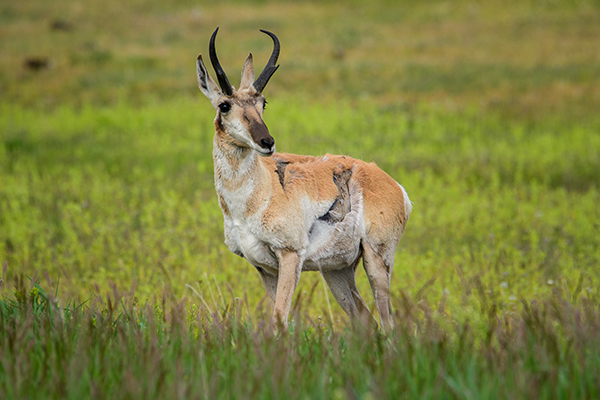
I tried to place some of the grass and reeds in front of the pronghorn in the frame as an appealing visual element. When people think of wildlife photography, they often think strictly of the animal in front of the camera. But for a more compelling photo, it’s important to incorporate as much of the animal’s environment as possible. I was able to blur out the foreground a bit, as well as the background, which gives the photo a bit of three-dimensionality and makes my subject pop.
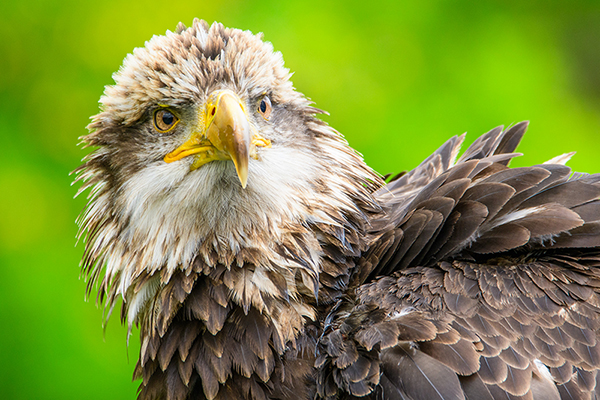
We attended a birds of prey show here, and it was a controlled environment where we could get fairly close to the raptors. They bring each bird out every two or three shows so it doesn’t get too stressed. I’d never been to a show like this, so I brought along my 150-600. I decided to put it to best use by stepping back a bit and capturing some tight headshots.
This photo was of a bald eagle named River, in what one could call its teenage years, before it had lost its brown feathers and morphed into the white eagle we’re used to seeing. It had just dipped into a bathing pool and was trying to dry off, which is why its feathers look so ruffled. The crisp sharpness of the 150-600 allowed me to capture every detail in every feather, and I blurred out the background to get that eye-catching color contrast of brown and green.
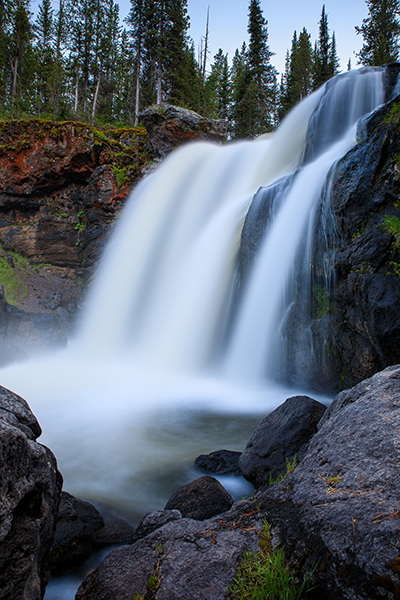
Typically when you’re shooting waterfalls, light is your enemy—you don’t want very much of it, because you want a longer shutter speed to get that smooth, creamy effect in the water. The light was really starting to fade at this point, so I used a 25-second exposure at F/8. If I’m photographing a waterfall in the daytime, I’ll shoot at F/16 to get a lower shutter speed, but in this case I didn’t need that low shutter speed— I needed to get my aperture open enough to get a shutter speed that wasn’t going to be minutes long. The 24-70 really came through for me in this low-light situation.
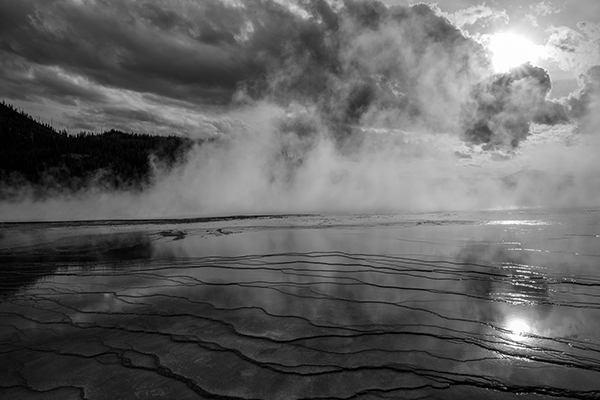
Luckily, I had just enough breeze so that the steam was moving. I was standing right on the boardwalk next to it, and I got down and put my camera as low and close to the pool as I could get it without actually touching anything—you don’t want to scald your equipment! I was trying to capture a sunstar (you can see the sun poking out from behind the cloud in the upper right), but I wasn’t able to get it. Because of that, and because the light wasn’t great, I decided to see what would happen if I turned it into a black-and-white photo. That changed everything. It created a mood I wasn’t seeing in color, and it brought out the textures, patterns, and contrasts of the pool and surrounding area.
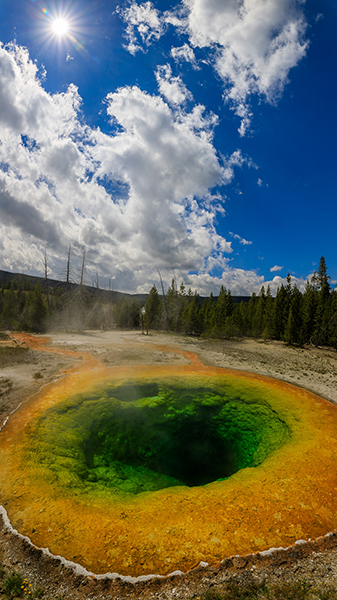
It’s essential to use a polarizer for an image like this. If you don’t, you’re going to get reflections off the water and won’t be able to see all of those colors and details beneath the surface.
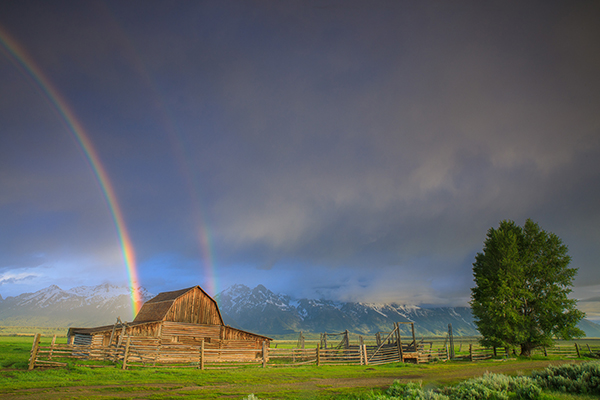
Right at sunrise, sunlight started to peek out and hit the barn. And then, for about three minutes, this amazing double rainbow appeared that stretched from the John Moulton Homestead to the T.A. Moulton Barn about a quarter-mile down Mormon Row. After that, the sun disappeared and it was gloomy for the rest of the day. Only about 10 photographers were out that morning to witness it, as opposed to the 30 or 40 who might usually be out and about. For someone like me who doesn’t live in the area, this was a once-in-a-lifetime deal.
To see more of Cecil Holmes’ work, go to www.cecilsphotos.com.

